AR and VR History
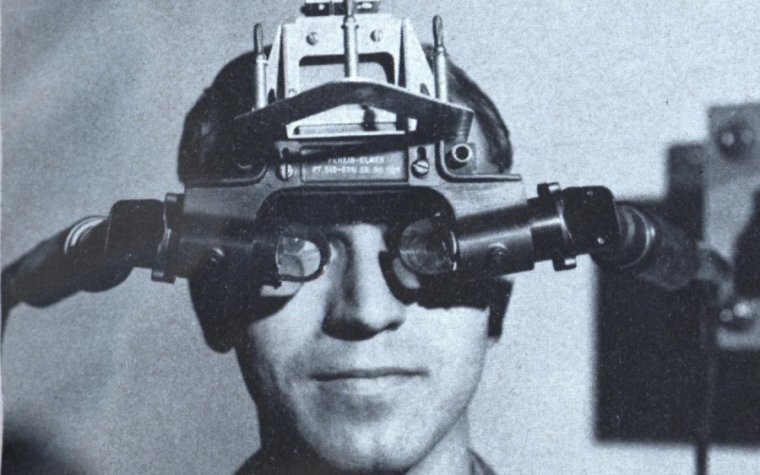
The history of Augmented Reality and Virtual Reality dates back to 1968. By Ivan Sutherland and his student Bob Sproull. The development of Augmented Reality (AR) and Virtual Reality (VR) has undergone significant acceleration, particularly in the past decade. Early AR and VR technologies had niche applications and limited reach. However, the rapid proliferation of smartphones with advanced capabilities, coupled with the release of AR development platforms like ARKit and ARCore, brought AR to the mainstream. In the case of VR, the revival began with the development of more powerful computers, improved graphics, and advanced motion-tracking technology. The release of consumer-friendly VR headsets, such as the Oculus Rift, sparked a wave of innovation and expansion in the VR industry, leading to the development of a wide range of applications and experiences. Both AR and VR continue to evolve and integrate into various sectors, including entertainment, education, healthcare, and more.
What Is The Difference Between Virtual Reality and Augmented Reality ?
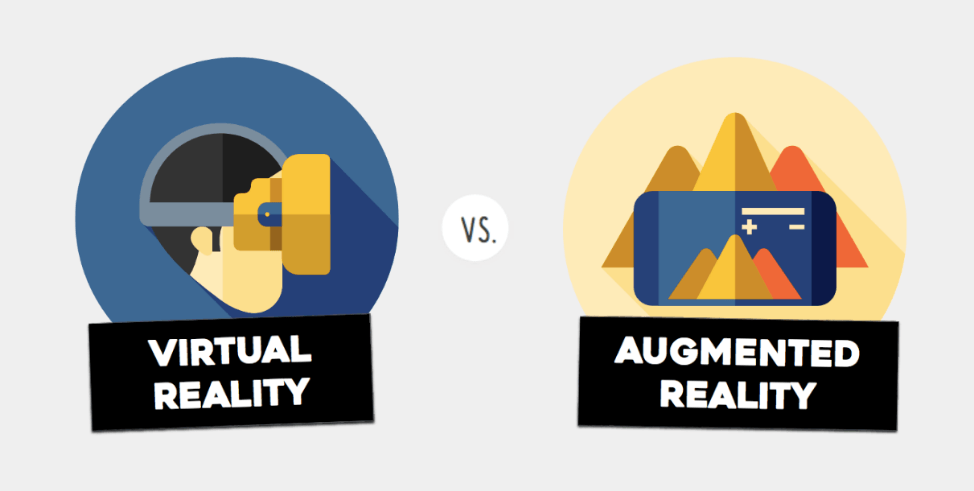
While the terms augmented reality (AR) and virtual reality (VR) are at times used interchangeably, they are different. AR (Augmented Reality) and VR (Virtual Reality) are both technologies that alter our perception of reality, but they do so in different ways. AR uses a real-world setting while VR is completely virtual. AR overlays digital content onto the real world. It allows users to enhance their real-world environment by adding digital elements, like images, text, or 3D objects. On the other hand VR only enhances a fictional reality.
Furthermore, you might be wondering how you can access VR and AR. AR can be experienced through devices like your phone, iPad, AR glasses, or heads up displays. Users can still be present in the real world surrounding them while viewing Augmented Reality. While Virtual Reality immerses users completely in the virtual environment. Usually requires a headset or goggles that completely blocks out the real world, replacing it with a digitally created environment. With that being said, AR enhances the real world with digital elements, while VR creates a fully immersive digital world that is separate from the real world. Augmented Reality users can control their presence in the real world and Virtual Reality users are controlled by the system that they are presented with.
New AR and VR Apps
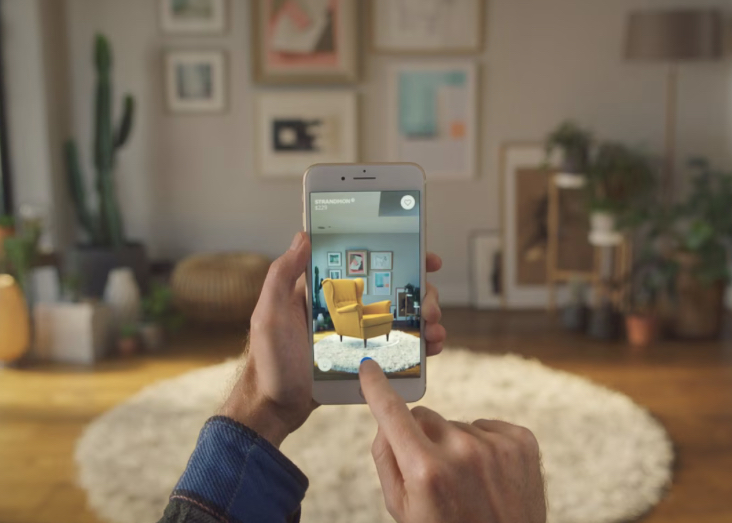
Yes, more and more companies are starting to implement Virtual Reality and Augmented Reality into their inventions. Ikea has been exploring the use of Augmented Reality (AR) to enhance the shopping experience for its customers. Making it much easier for customers to shop home decor items in a virtual environment before making a purchase. This allows customers to visual furniture items in their own home by just using their camera. This technology enables customers to see how items would fit and look in their own homes. Another interesting VR app is YouTube. You can now turn every video on the platform into your very Virtual Reality experience. This allows users to re-invent YouTube as a 3D world that you can explore and interact with from the inside.
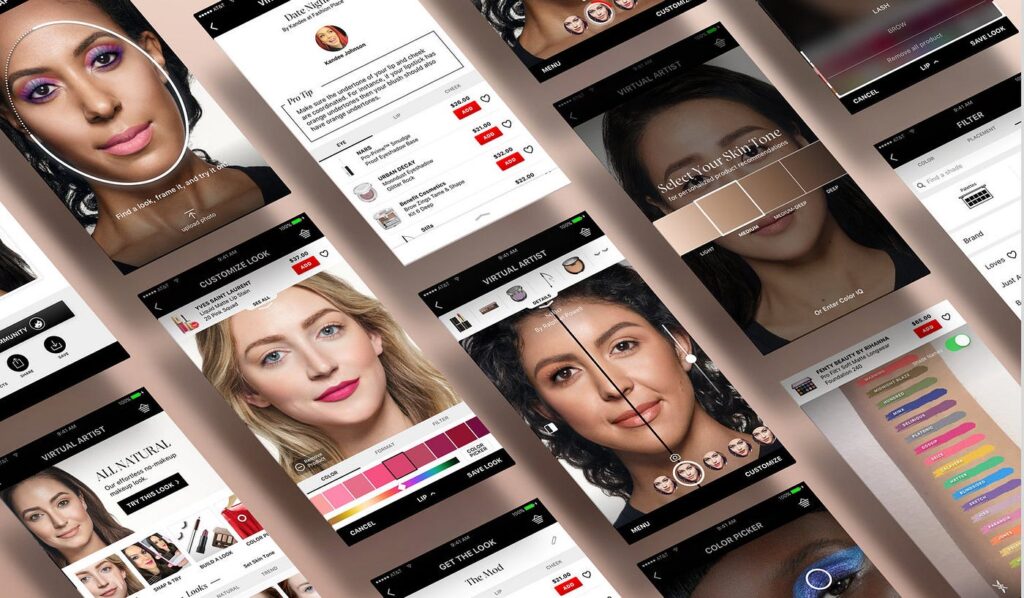
Not only has Virtual Reality entered apps like Ikea and YouTube. But even in the beauty industry. By introducing Virtual Reality technology to the beauty sector, Sephora’s makeup app employs facial recognition to enable customers to experiment with products in any location. You don’t have to buy makeup only when you are in the store because you can try on makeup from wherever you are using just your phone camera. Sephora’s Virtual Artist employs AI technology to evaluate your skin tone and recommend the ideal shade. But it doesn’t stop there. Sephora’s Virtual Try-On feature also enables users to experiment with false eyelashes, brow products, and even hair colors, offering the convenience of having a personal makeup artist at your disposal.
Another common app used amongst virtual makeup apps is YouCam Makeup. This virtual app is very popular amongst young women who like to upgrade their photo quality. YouCam Makeup app allows users to try trendy makeup filters, AI virtual hairstyle, change eye skin, and hair color with just one tap. YouCam Makeup app is just the virtual app for young women!
VR shopping has also made its way into the realm of fashion brands. In January 2022, H&M made its debut in the virtual clothing space, launching a competition that encouraged participants to come up with creative names for the showcased virtual looks. These digital garments were exclusively offered as competition prizes and were never physically produced or sold in stores. The winners had the unique opportunity to virtually “try on” these items by submitting a photo, which was then transformed into an animated image by 3D graphic designers, ready for sharing on social media.
Burberry, a prominent player in the fashion industry, has shown a strong affinity for Augmented Reality (AR). They’ve seamlessly integrated AR into various online channels and continue to experiment with it in their global campaigns. Their collaboration with Google ingeniously replicated the in-store shopping experience for online customers. For instance, individuals searching for products like the Black TB bag and Arthur Check Sneaker on Google were able to visualize these items in 3D, bringing the fashion showroom to the digital devices of eager shoppers.
VR Gaming Arcades
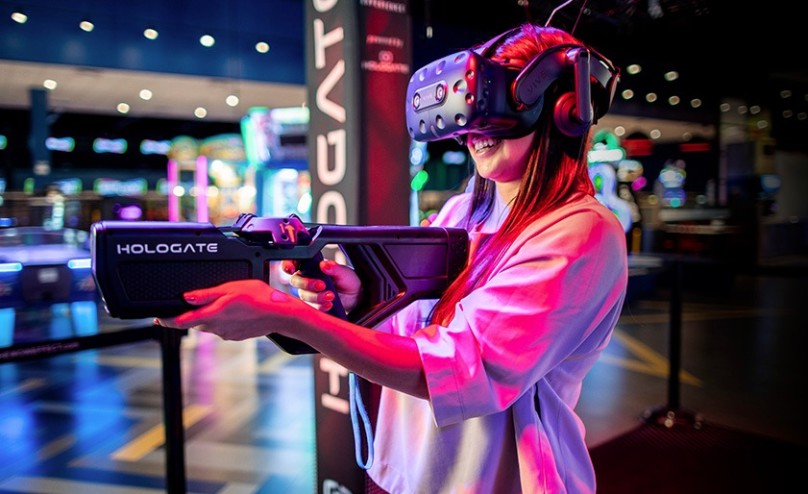
Virtual Reality (VR) and Augmented Reality (AR) arcade games have revolutionized the world of entertainment by offering immersive adventures that captivate people of all ages. These experiences transport players to fantastical realms where reality blends effortlessly with fantasy, engaging multiple senses and making participants feel like they’ve truly stepped into another dimension. The social aspect of these games adds to the appeal, as friends and family can share the experience, whether it’s teaming up, competing, or simply enjoying the laughter that comes with navigating these captivating landscapes. Many VR games also require physical movements, turning gameplay into an enjoyable and healthy exercise. The challenge and exploration within these games, filled with puzzles and secrets to uncover, provide a real-life video game experience.
The beauty of VR and AR lies in their limitless possibilities – you can become a superhero, a space explorer, a wizard, or a detective, ensuring that the experience remains fresh and exciting. For older generations, the novelty of experiencing these high-tech wonders can be a delight, while younger players get to enjoy the cutting edge of entertainment technology. Ultimately, these games offer an escape from the fast-paced realities of life, creating cherished memories and pure joy for those who step inside, representing a thrilling blend of technology, entertainment, and human imagination that continues to evolve and excite both the young and the young at heart.
Metaverse VR and AR

Facebook, which has rebranded itself as “Meta,” envisions the Metaverse as a collective virtual shared space transcending the physical world, where people can socialize, work, play, and create. Central to this vision is the integration of Virtual Reality (VR) and Augmented Reality (AR), with products like Oculus VR headsets playing a key role in connecting users to this immersive digital environment. The Metaverse is not just about technology but emphasizes social interaction on a grand scale, representing an evolution of traditional social networking. It’s also expected to host its own digital economy, offering opportunities for creators, businesses, and developers to build and monetize virtual experiences and products. Now, considering this vision of the Metaverse, how do you feel about the concept, and do you see yourself becoming a part of it?